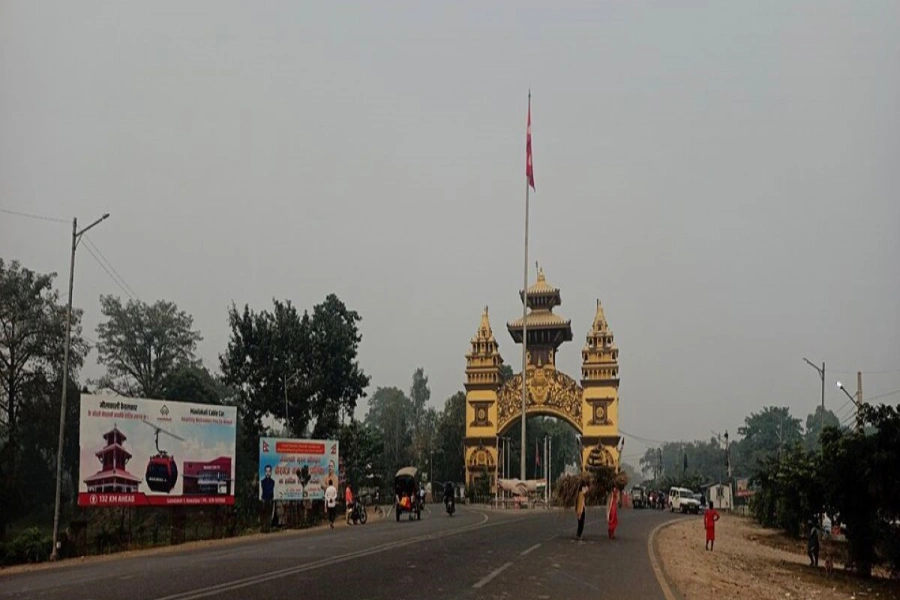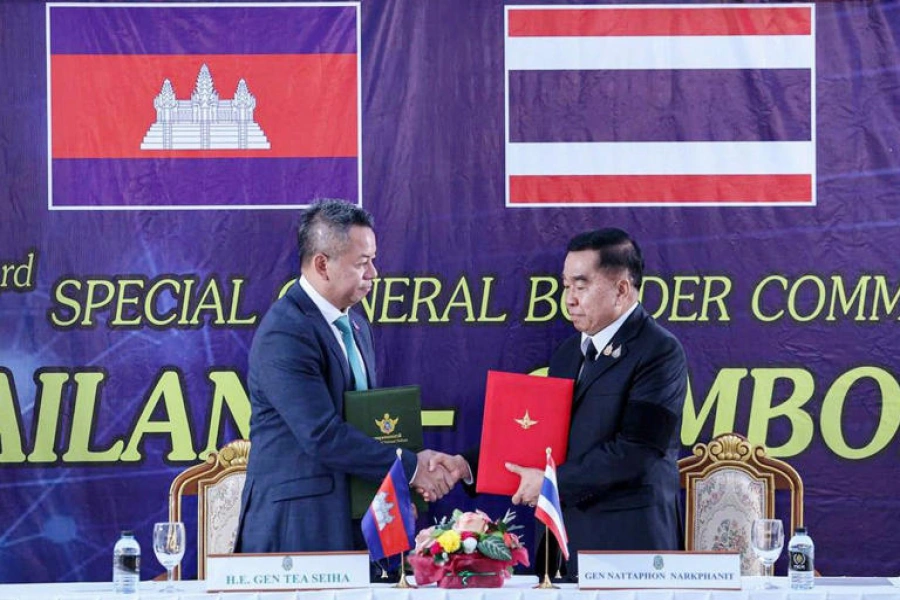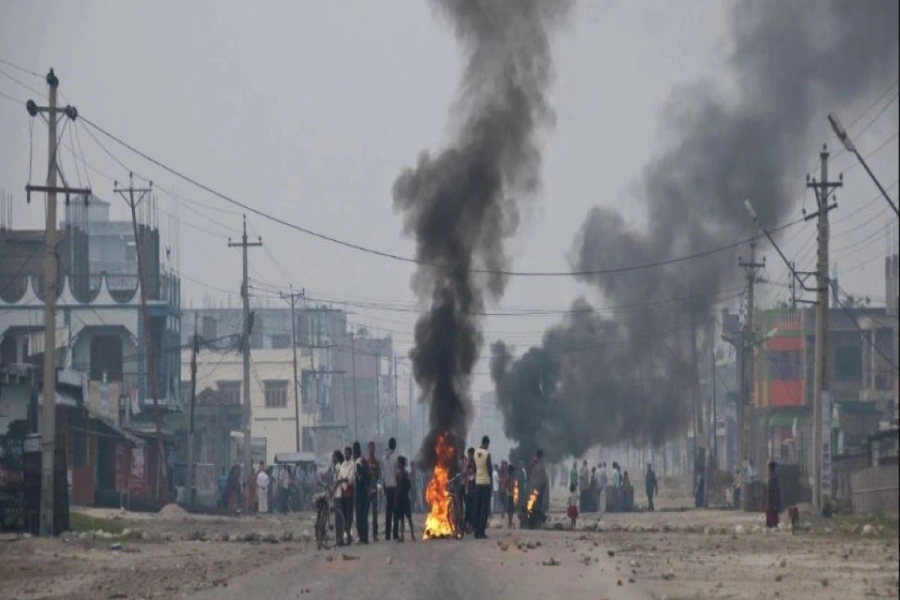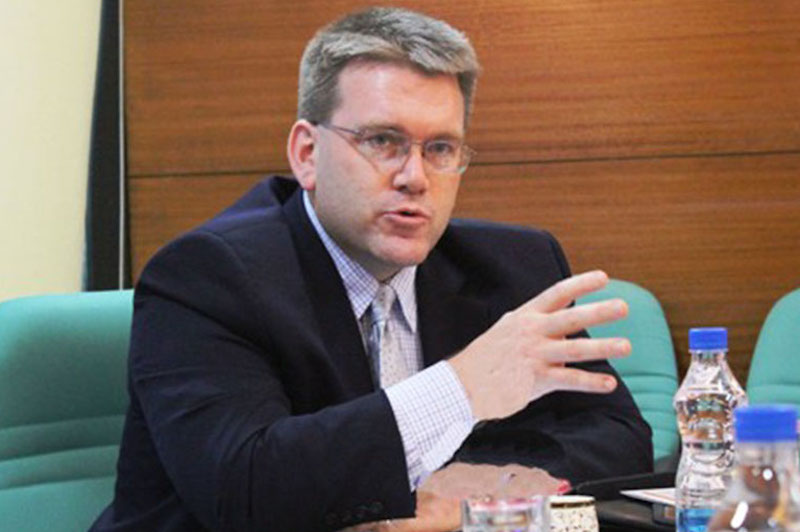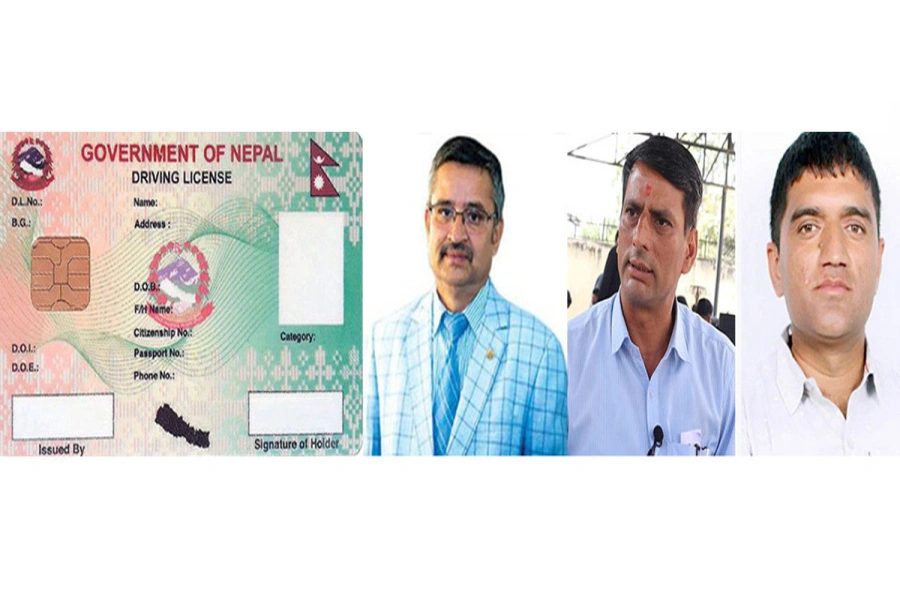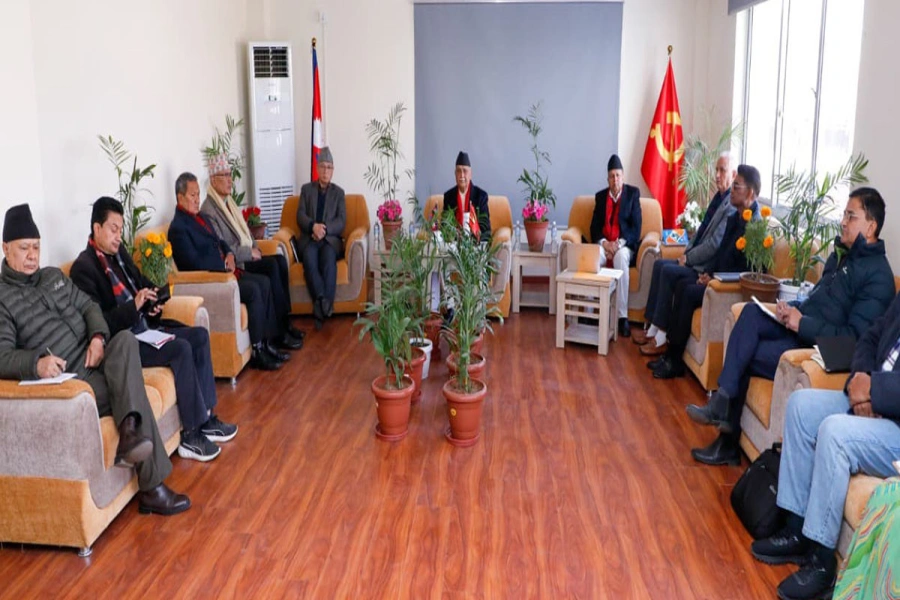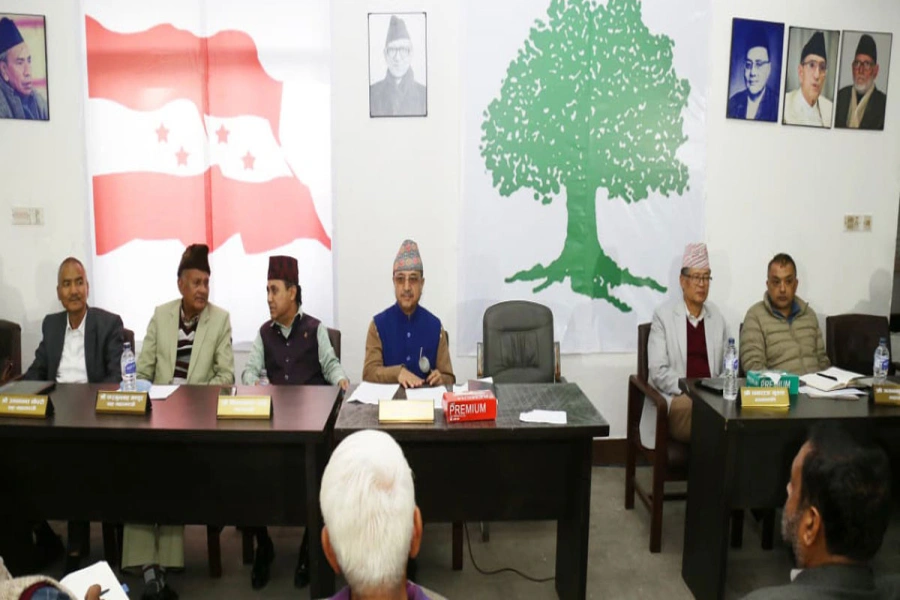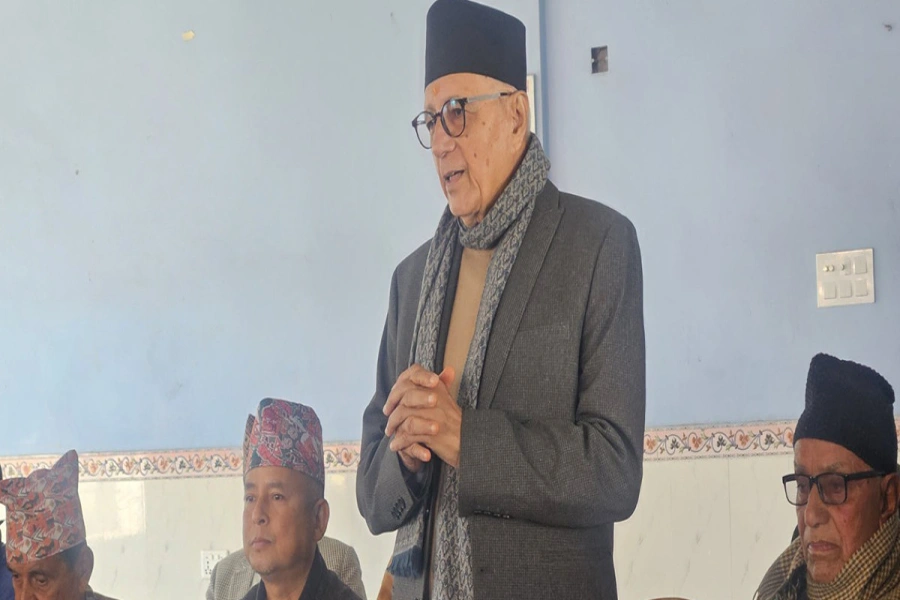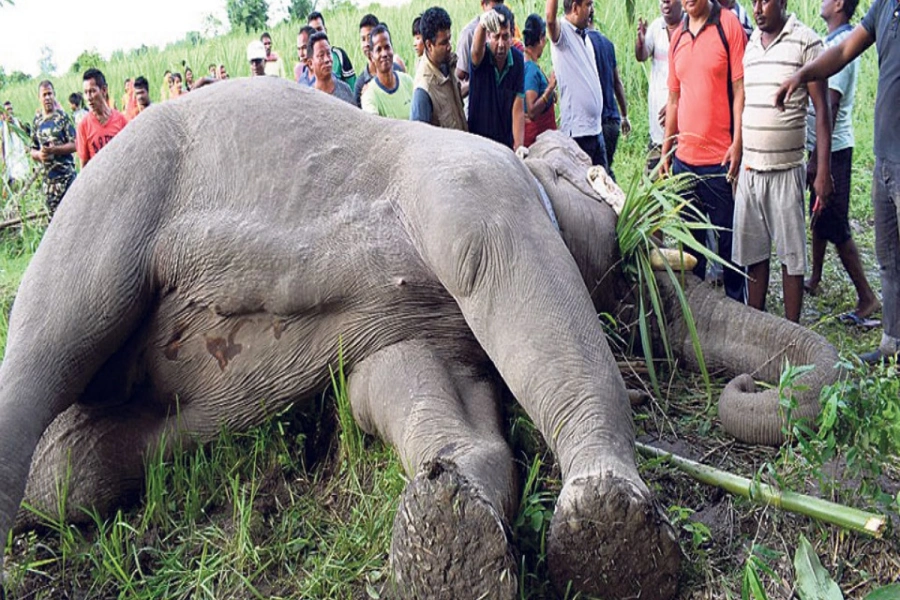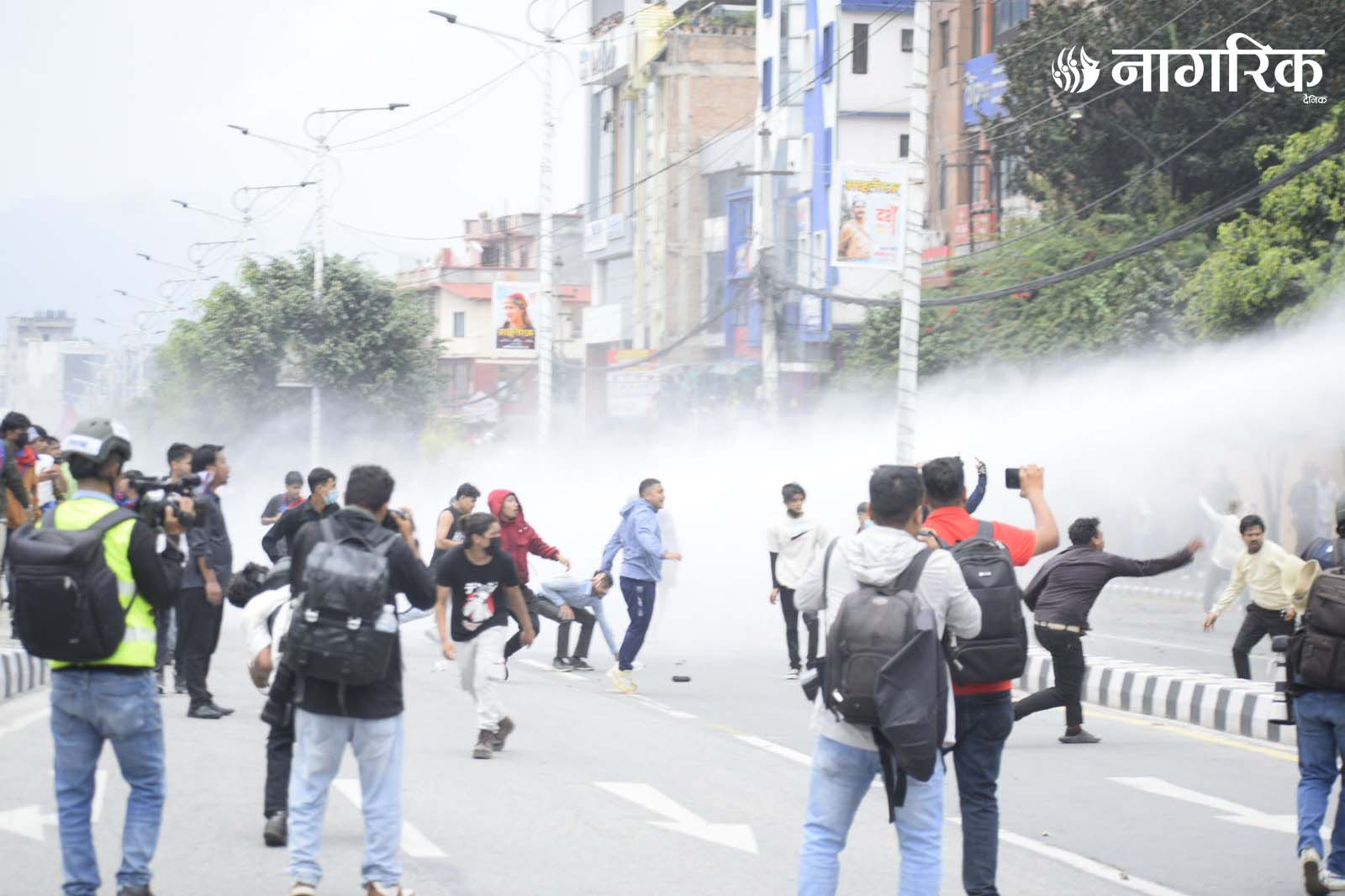On the occasion of the Sagarmatha Sambaad, the Government of Nepal took two historic steps in its climate journey: the launch of its Third Nationally Determined Contribution (NDC3.0) and official approval of its First Biennial Transparency Report (BTR). These landmark documents underscore Nepal’s commitment to the Paris Agreement and reflect a maturing climate governance system that is grounded in transparency, ambition, and equity.
Together, they offer a detailed map of Nepal’s climate progress and future direction, but also reveal that the nation is just beginning to pave the road toward climate-resilient, low-carbon development. As one observer noted, “We have opened the track, but there’s still a long way to go before we blacktop it.”
NDC3.0: Setting the Bar Higher, with Global Support
Nepal’s NDC3.0, which charts climate targets up to 2035, is both ambitious and conditional. Despite being a negligible emitter globally, Nepal aims to reduce its net greenhouse gas emissions by 17.1% by 2030 and 26.8% by 2035 compared to business-as-usual levels. However, nearly all these reductions, 96% by 2030 and 97% by 2035, depend on international climate finance, technology, and capacity support. The total estimated investment required to meet the NDC goals is USD 73.74 billion, of which 85% (USD 62.92 billion) is expected from external sources.
Nepal to announce Biennial Transparency Report in Sagarmatha Sa...

The NDC outlines an expansive energy transition, targeting 28,500 MW of renewable electricity generation by 2035. This includes major investments in hydropower, solar, wind, and bioenergy, along with initiatives to reduce transmission losses and promote widespread electric cooking. In the transport sector, Nepal envisions electric vehicles making up 95% of private and 90% of public vehicle sales by 2035, along with 100 km of electric rail in Kathmandu and 300 km nationwide. The NDC also promotes electric furnaces in industries, improved brick kilns, and more energy-efficient buildings, with the cement sector committing to reduce its clinker factor to 75%. Forests remain central to Nepal’s strategy, with a pledge to maintain at least 46% forest cover and expand community forest governance to 60% of the total forest area. Waste management, too, is a focus, with commitments to expand wastewater and fecal sludge treatment, and to promote circular economy practices. Adaptation is woven throughout the NDC, with planned interventions in agriculture, water, health, infrastructure, and disaster risk reduction. Importantly, all 753 municipalities are to implement Local Adaptation Plans of Action (LAPAs), with estimated adaptation costs reaching USD 18–20 billion.
The NDC also reflects Nepal’s commitment to climate justice and inclusive development, integrating gender equality, disability rights, and social inclusion across all strategies. It aligns with Nepal’s Long-Term Strategy for Net-Zero Emissions by 2045, reaffirming the country’s intent to lead by example on the global stage, even as it grapples with floods, landslides, glacial lake outburst floods (GLOFs), and rising temperatures at home.
A Transparency Milestone: Nepal’s First BTR
Nepal’s First Biennial Transparency Report (BTR), covering emissions data from 1994 to 2022 and projecting trends up to 2050, marks a turning point in climate accountability. The report offers the most comprehensive assessment yet of the country’s greenhouse gas emissions, sector-wise contributions, adaptation efforts, and finance flows. In 2022, Nepal’s net emissions stood at 38,211.96 Gg CO₂-equivalent. The energy sector was the largest contributor, accounting for 65.5% of emissions, followed by waste and industrial processes at 12.6% each, and agriculture and forestry at 9.3%. Notably, Nepal’s forest lands offset over 20,000 Gg of CO₂, reinforcing their vital role in climate mitigation. However, emissions have been rising steadily, between 3.26% and 4.2% annually since 2011, largely due to growing energy demand, urbanization, and industrial activity. The BTR also documents Nepal’s progress under its Second NDC (2020), showcasing gains in renewable energy, electric transport, clean cooking, and forest conservation.
Nepal’s renewable energy capacity reached 3,450 MW as of January 2025, with notable contributions from grid-connected solar, off-grid systems, and mini-hydro projects. Clean energy now provides 10.33% of the nation’s energy demand. Electrification of the transport sector is also gaining momentum: 12.38% of private vehicle imports and 29% of public transport vehicle imports in FY 2022/23 were electric, exceeding national targets. Meanwhile, 112 km of electric railway track has been laid, with cross-border and metro rail projects in progress. The shift to electric cooking is underway, with over 205,000 induction and infrared stoves imported in the past fiscal year, though exclusive usage remains to be confirmed. On the forest front, 46.08% of Nepal’s land area is now under forest cover, achieving the NDC target, and wastewater treatment infrastructure has been expanded to handle 50 million liters per day.
The Road Ahead: Urgency, Strategy, and Solidarity
Although Nepal’s emissions remain modest in absolute terms, the BTR makes clear that its energy and industrial sectors are on a steep upward trajectory. Without bold policy interventions and sustained international support, these trends could undermine Nepal’s development and climate goals. The government has pledged to scale up clean infrastructure, promote climate-smart agriculture and cooking practices, improve waste and sanitation systems, and preserve forest-based carbon sinks. Yet translating plans into practice will require not only money, but also institutional coordination, local capacity, and political will.
As Nepal steps into this new climate chapter, the challenge is not just to maintain momentum but also to accelerate it. The foundation has been laid, but the real test lies in implementation. As climate impacts intensify and the global carbon budget shrinks, action cannot be delayed.
“Setting goals is not enough. We must have the courage and commitment to meet them. The road is open but if we wait too long to blacktop it, the storm will arrive before we’re ready.”




